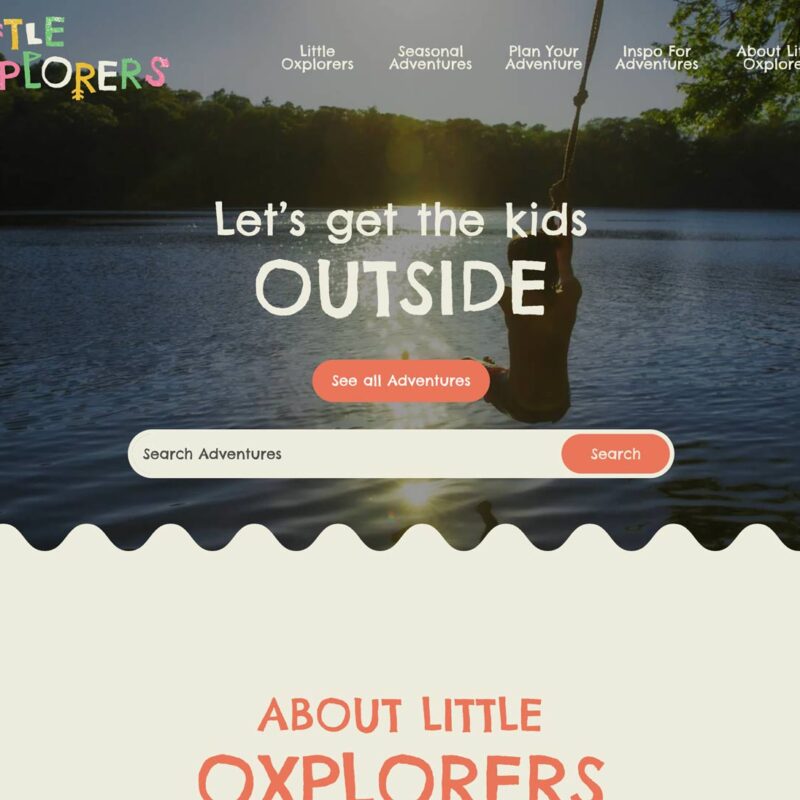No one can argue that good accessibility standards are not a positive thing. With the websites we build, we always aim for WCAG 2.0 AA as our standard. But one thing we find is that our clients’ understanding of what good accessibility standards mean and the implications on their websites and their content varies hugely – so we thought it would be useful to dispel some of the myths!
Can you add ‘accessibility’ to my website?
Not really… Deciding to make your website accessible to a wider audience is a great thing – but there is no magic switch that can be pressed to make the website accessible. Generally speaking it’s probably best to consider accessibility as part of a new website project. Achieving great accessibility has technical and design implications and may even mean changes to your content and workflow. This means that it’s something that requires consideration and an understanding of what it will mean for you.
There are different levels of Web Content Accessibility Guidelines
There are no hard and fast rules around accessibility – they are guidelines. The Web Content Accessibility Guidelines (WCAG) are organised into three levels of accessibility: A, AA, and AAA.
- Level A is the lowest level of accessibility and includes guidelines that are essential for some users to access the content on your website.
- Level AA is the most desired level of accessibility and includes guidelines that are essential for most users to access the content on your website.
- Level AAA is the highest level of accessibility and includes guidelines that are essential for all users to access the content on your website.
As a business you can decide which level of guidance best works for your company. Conforming to Level AAA can be very difficult to achieve. It can add a big overhead to content generation and the technical specifications increase development complexity, time, and therefore costs. Aiming to conform to Level AA is often considered sufficient and achievable for most website projects.
What is WCAG 2.0 AA accessibility?
In short, WCAG 2.0 AA is a set of guidelines that help website owners make their content more accessible to users with disabilities. These guidelines cover a wide range of topics, including the use of color, text size, and alternative text for images. By conforming to these guidelines, you can ensure that all users, regardless of their abilities, can use and navigate your website.
Implications for your website
Making your website conform to the WCAG 2.0 AA standard might mean some changes to how it looks and works. From a design standpoint, you need to make sure your website meets specific visual guidelines. This includes having the right color contrast between text and background, as well as text sizes that make it easy for people with low vision to read. Luckily, your design agency can help you out here and make sure everything looks tip-top.
In terms of functionality, you need to make sure your website can be navigated using only a keyboard, and that screen readers can access all of your content. Again, don’t worry if this sounds daunting – your development agency can help make sure your website technically conforms to the guidelines.
Implications for your content
Conforming to the WCAG 2.0 AA standard may also require some changes to your content and workflow. For example, you may need to ensure that all videos have closed captions or transcripts, so that users with hearing impairments can understand the content. You will also need to ensure that all images have alternative text descriptions, so that users with visual impairments can understand the content. You may also need to avoid using flashing or blinking content, which can trigger seizures in users with epilepsy.
These changes may require some additional work upfront, but they’ll likely pay off in the long run. Not only will your website be more accessible, but it may also be easier for all users to use and navigate.
In conclusion, website accessibility is not just a nice-to-have feature, but rather a necessity for ensuring that your website is accessible to all users, regardless of their abilities. While conforming to accessibility guidelines may require some changes to your website’s design, functionality, and content, these changes are ultimately beneficial for both your users and your business. By making your website more accessible, you can ensure that all users can use and navigate your website, which can result in increased user engagement, customer satisfaction, and brand loyalty. So, take the time to consider what level of accessibility is right for your business and start making changes to improve your website’s accessibility today.




